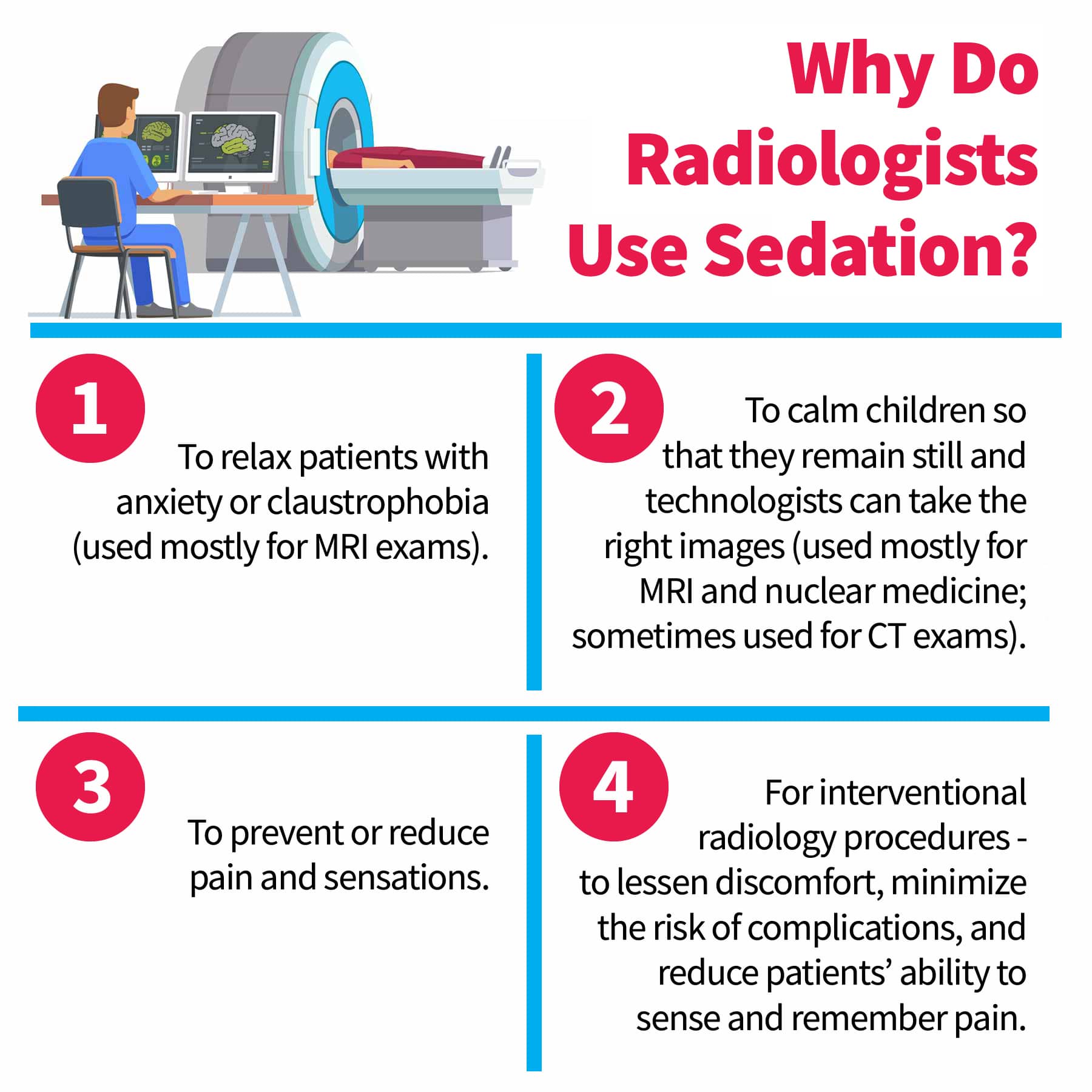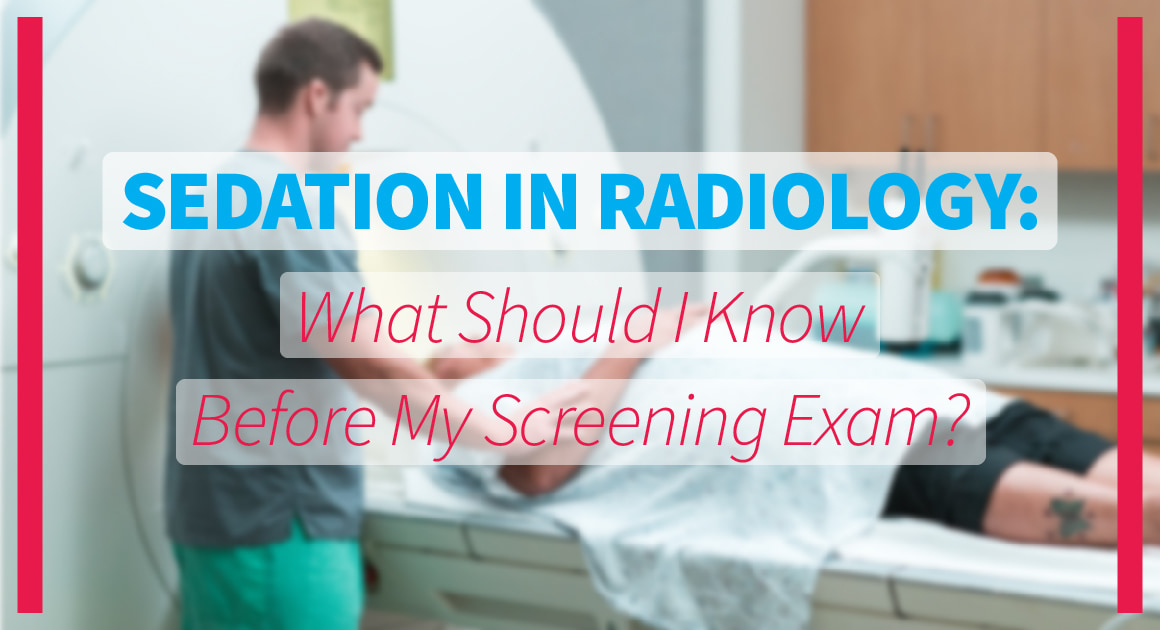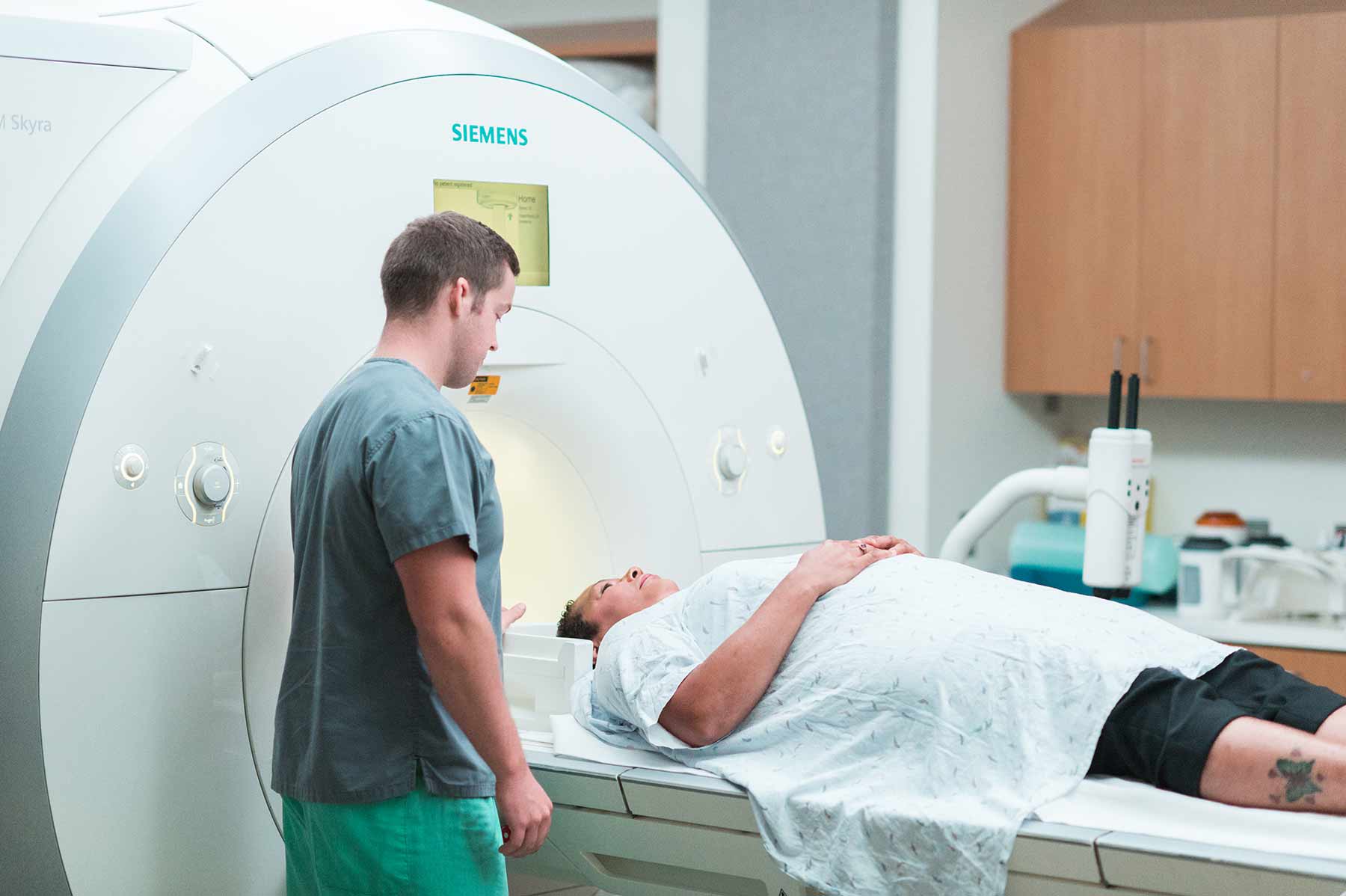When you hear that you will be sedated for your medical imaging exam, what do you think of? Do you imagine those hilarious videos of people after they have their wisdom teeth removed? Do you think of heavy anesthesia putting you completely to sleep as the nurses and doctors take care of your exam? In reality, sedation and radiology can be paired in many ways.
How Do Sedation and Radiology Work Together?
In radiology, sedation is used to relax patients during an exam for a number of reasons. There are also many different types of sedation. Often, patients assume that “sedation” means they will be put to sleep. However, this is most likely not the case when it comes to medical imaging exams.
There are many factors that determine if you’ll need sedation. For example, sedation is most frequently used for children too young to stay still during an exam. It’s also used during MRI exams for adults who struggle with anxiety and claustrophobia. A third common use is for interventional radiology procedures. Although radiology certainly makes use of necessary sedation, it’s usually not the kind that puts you to sleep. Instead, it helps you relax and stay calm.

Types of Sedation
There are different types of sedation that we use for medical imaging exams at UVA. Depending on the type, sedation may be administered orally, intravenously (through an IV), injected, or inhaled.
The first type is minimal sedation, which changes your mood and relaxes you for the duration of the exam. There is also conscious sedation, which makes you feel sleepy but keeps you in control of your reflexes. Deep sedation is what most people think of as anesthesia. It puts patients into a state of unconsciousness.
At UVA Radiology and Medical Imaging, we don’t often use anesthesia. When sedation and medical imaging must be paired, we try to use minimal sedation. It is often less expensive, it requires less recovery time, and it reduces potential side-effects.
Short-term side effects, such as nausea and vomiting, can happen with any kind of sedation. But with too much heavy sedation over time, there can be stronger side-effects (including effects on memory and sleep) that we want our patients to avoid.
Sedation, Radiology, and You
If you know that you will be receiving sedation for your exam, expect to receive specific instructions from your scheduler. These instructions can include dietary restrictions and medicine to take before the exam. You will not be able to drive after having any kind of sedation. If you have been sick or feel like you are becoming sick, you might need to reschedule your exam.
Want to know more about anesthesia, sedation and medical imaging ? Check out this article about medical images and anesthesia.




